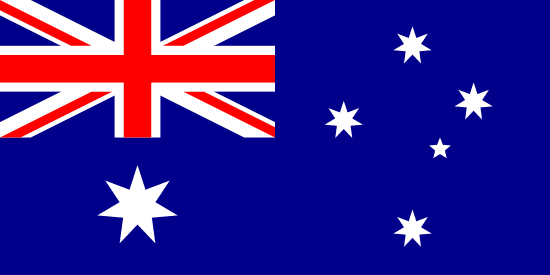"Hobart: A world of difference | Hobart: A world of difference"
About:
Hobart, the capital of Tasmania, Australia, was founded in 1804 as a penal colony. It grew as a port serving the British Empire's Southern Ocean whaling and sealing fleets. In the 19th century, Hobart became a major food production center and a hub for Antarctic exploration. Its economy diversified in the 20th century, with growth in sectors like tourism and the arts. Today, Hobart is known for its well-preserved colonial architecture and vibrant cultural scene, including the internationally renowned MONA museum.
When to visit:
Hobart, the capital city of Tasmania, experiences a temperate maritime climate with four distinct seasons. The best time to visit Hobart for a holiday is during the summer months of December to February when the weather is warm and pleasant, making it ideal for outdoor activities and exploring the city's attractions. This period also coincides with the famous Sydney to Hobart Yacht Race in late December, which is a major highlight for visitors. However, travelers should be prepared for higher accommodation prices and crowds during this peak tourist season.
When to avoid:
The worst time to travel to Hobart for a holiday is during the winter months of June, July, and August. During this time, the city experiences its coldest and wettest weather, with average temperatures ranging from 4-12°C (39-54°F) and frequent rain showers. Many outdoor activities and attractions may be limited or closed due to the inclement weather conditions. Additionally, winter in Hobart sees shorter daylight hours, reducing the time available for exploration and sightseeing. Travelers seeking a more pleasant and vibrant experience are advised to visit during the summer months of December to February when the city enjoys warmer temperatures and various festivals and events.
"Winter (June–August)"
Hobart's coldest and wettest period is in winter, from June to August, with July being the peak. The average temperature ranges from 4.9°C to 12.3°C. Rainfall averages around 53mm in July, making it the wettest month. Days are shorter with around 9 hours of daylight. Cloud cover is high, leading to fewer hours of sunlight. An average day for a visitor might involve bracing against chilly winds, navigating rainy streets, and enjoying indoor activities. Despite the cold, the city's beauty shines with snow-capped Mount Wellington as a backdrop.
"Summer (December–February)"
The warmest part of the year in Hobart, Tasmania, is during the summer months, from December to February. During this period, the average high temperature ranges from 20°C to 22°C (68°F to 72°F), while the average low temperature varies between 12°C to 14°C (54°F to 57°F).
Rainfall during these months is relatively low, with January being the driest month with an average of 40mm of rain. The summer season in Hobart is typically characterized by long, sunny days, with an average of 7-8 hours of sunlight per day.
Humidity is generally low to moderate in the summer, making the weather feel comfortable rather than sticky or oppressive. As for cloudiness, summer days are often clear or partly cloudy, providing plenty of opportunities for outdoor activities and sightseeing.
A typical summer day in Hobart for a visitor would feel pleasantly warm, perfect for exploring the city's attractions or enjoying the stunning natural beauty of the surrounding area. The low humidity and the gentle breeze from the Derwent River make the heat tolerable, even at the peak of the day. The long daylight hours allow for extended sightseeing, and the clear or partly cloudy skies offer beautiful views, particularly at sunrise and sunset.
Language:
In Hobart, the capital city of the Australian island state of Tasmania, the most commonly spoken language is English. This is due to Australia's British colonial history. However, with increasing diversity, languages such as Mandarin, Greek, Italian, and Arabic are also spoken by minority communities.




